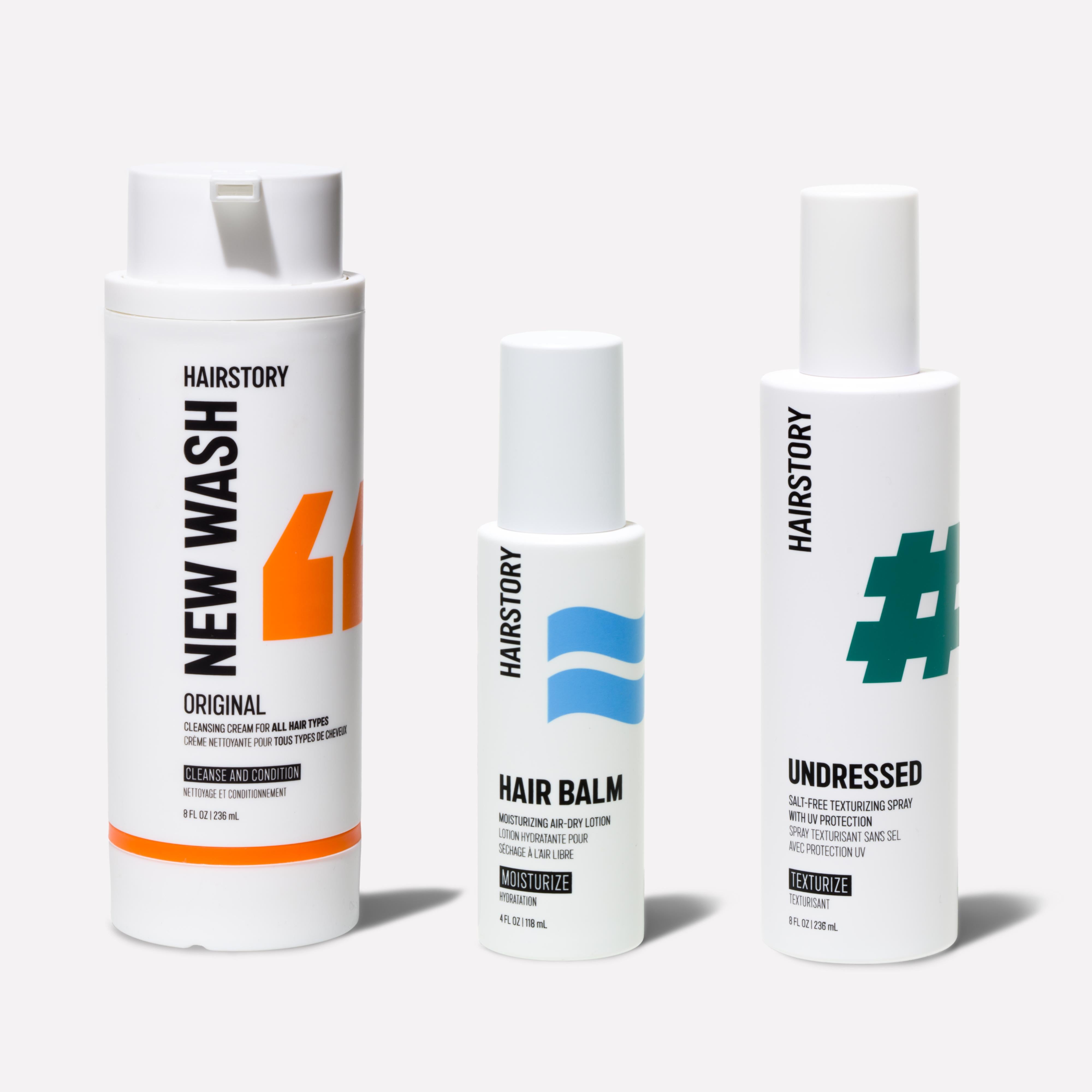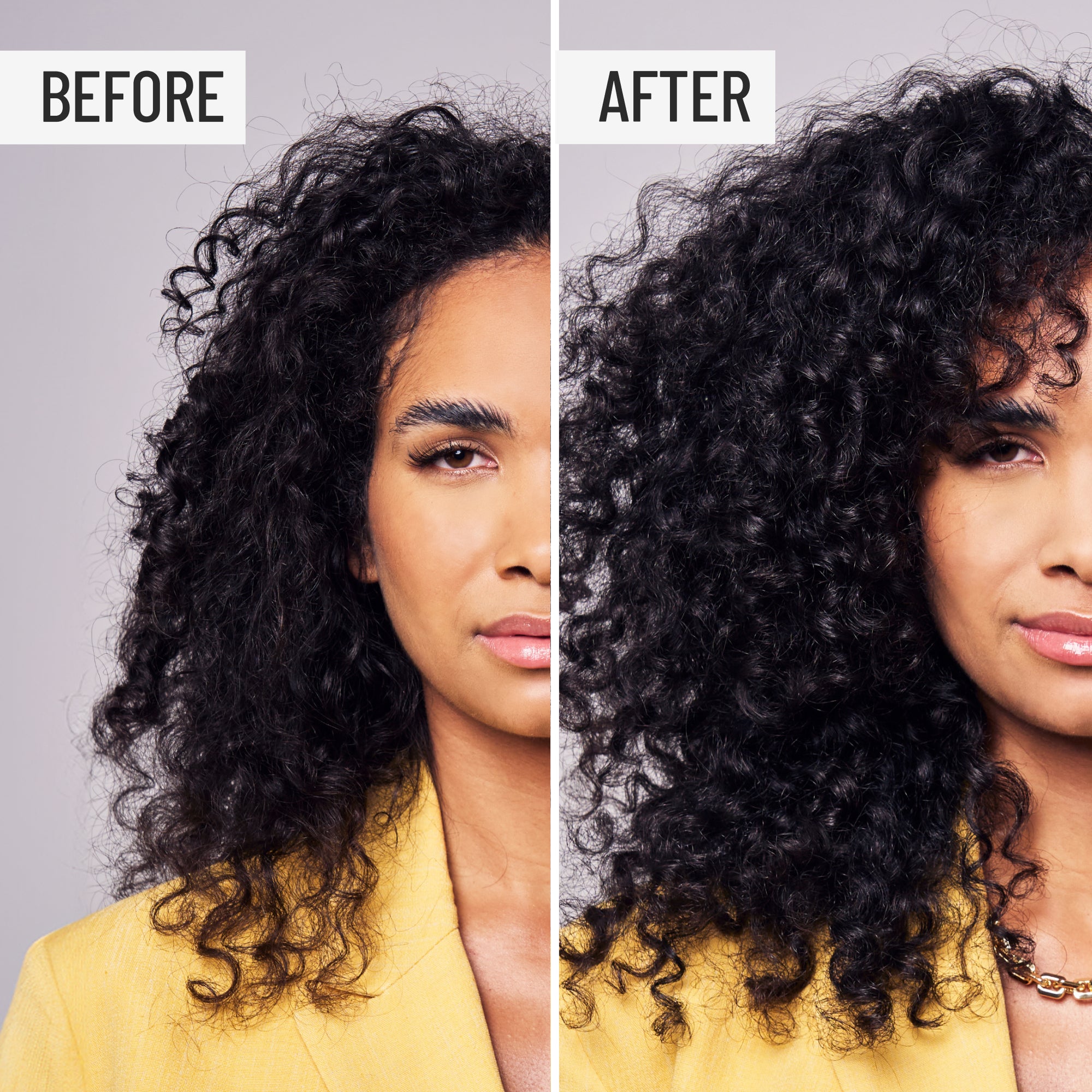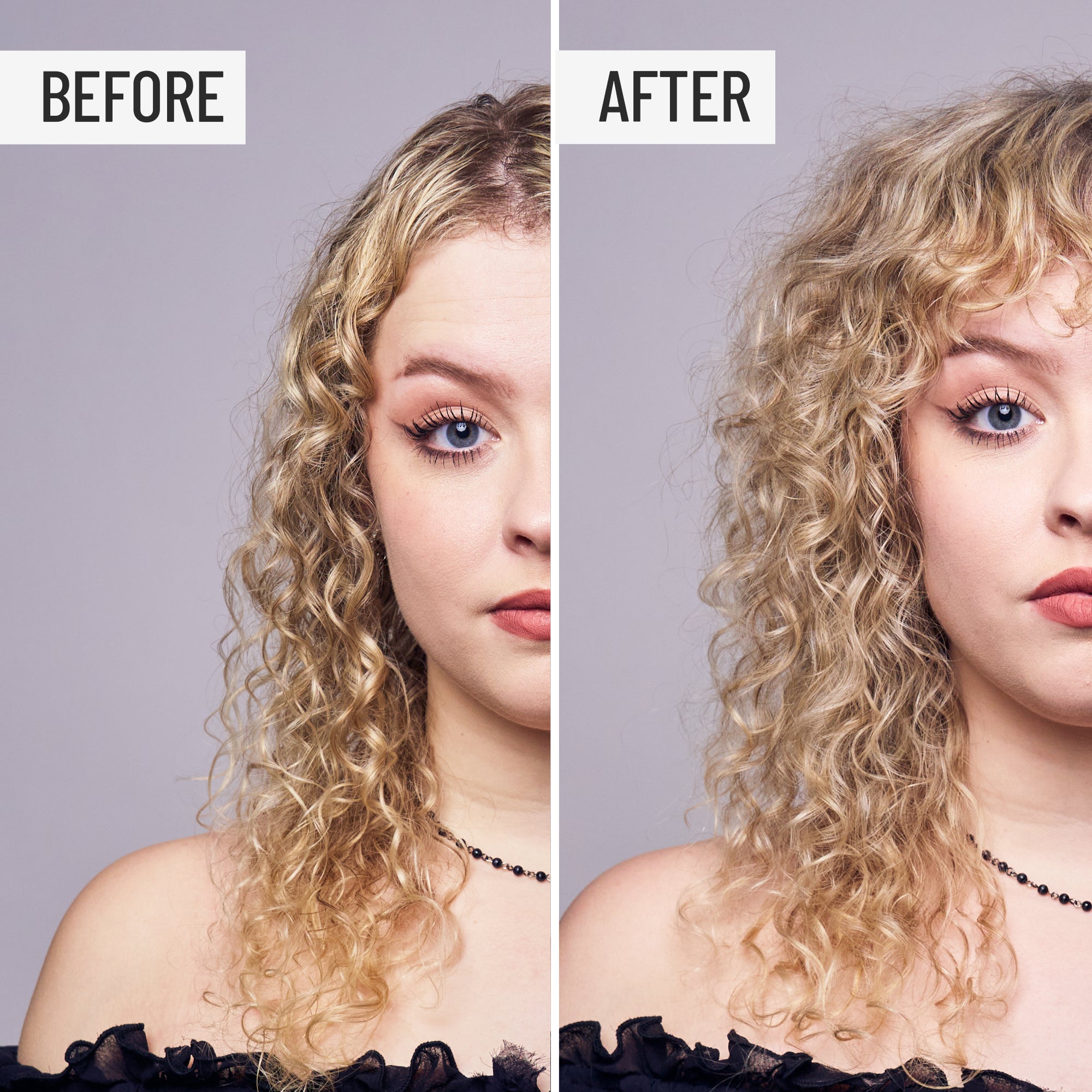Clean, green, natural, organic, non-toxic, sustainable… what does it all mean? How do we separate the facts from the folklore, the truth from the spin? First off, congratulations for coming here to discover more about the nature of – and the natural impact of beauty products. It is up to consumers to know exactly what it is we’re using and make it clear that we‘re not buying seductive promises disguised in shaky science. We don’t blame you for wandering around the clean beauty space confused; it’s confusing, and sometimes intentionally vague.
What does clean beauty mean? Sometimes these terms don’t mean much at all in terms of actual regulation, or because of the lack of it in the United States. Here is what we’re up against: An organic ingredient is natural, but natural isn’t necessarily organic. Organic isn’t synthetic, but natural can be. Chemicals can be natural, and organic, except when they’re synthetic. Products can be labeled as organic even if they’re organic-ish. [Head scratch here.] Let’s try and untangle it for you.
WHAT DOES CLEAN MEAN?
Clean is the biggest umbrella in this discussion, and in most cases, is more of an aspiration than a reality. Champions of the clean beauty movement envision a clean conscience as well as clean products: the possibility of personal care and adornment without employing any substance that is harmful in any way to the planet and anyone or anything living on it, animal, mineral, or vegetable. A clean beauty product is ideally made with ingredients that are grown, sourced, refined, or synthesized with minimal impact on ecosystems and contain no harmful chemicals or toxic ingredients. While these are laudable, and some are ultimately achievable goals, the beauty industry contains the word industry, and its very existence makes some of them practically impossible.
The focus on clean beauty mirrors the clean food lifestyle that embraces unrefined and minimally processed ingredients. With the growing awareness of more stringent regulations for cosmetics outside the US – The EU has banned approximately 1,300 chemicals in cosmetics while the United States bans or restricts only 11, according to a health advocacy organization called the Environmental Working Group – consumers are demanding greater transparency with ingredient lists and a deeper commitment to product safety.
WHAT DOES GREEN MEAN?
Green and clean go hand in glove. Green beauty addresses concerns that are mainly about protecting nature from industry and waste – and spotlights a herd of elephants in the room: disposable packaging. Green beauty activists are mostly focused on promoting the extraction or production of materials using organic practices and respecting natural ecosystems.
WHAT DOES “ORGANIC” MEAN?
The organic classification should be a simple one, but like the rest of this slippery subject, the lines are blurry. According to Campaign for Safe Cosmetics, organic products are one of the least regulated aspects of the industry. In the produce section in the food market, it’s pretty simple, but the beauty aisle has products that combine lots of different ingredients – some natural, some not, some organic, some not – and it’s not so simple.
Certified “organic” has a similar definition across the USA, the UK, and Australia: ingredients that are grown without manufactured pesticides; chemicals; artificial fertilizers; genetically modified organisms; ionizing radiation; sewage sludge; growth regulators, and routine antibiotics use. Once formulated, organic beauty products may not contain artificial or synthetic colors, preservatives, or harmful chemicals, including parabens and sulfates.
When it comes to food, the United States Department of Agriculture requires that in order to boast a “100 percent organic” label, a product must be made with at least 95 percent certified organic ingredients; its processing methods must be organic, and its label must name the agent that certified it. A product that claims to be “made with organic ingredients” must contain at least 70 percent certified organic ingredients. The remaining agricultural ingredients may be conventionally produced but must exclude certain methods.
But when the organic designation is applied to cosmetics – when many raw materials can’t be found on a farm, the USDA steps aside, and the Federal Drug Administration steps in. The agency, however, does not define or regulate “organic” in cosmetics or personal care products; other nations are more sophisticated in this regard to ingredient transparency. It falls on the manufacturers to hold themselves to the highest standards because they believe it’s the right thing to do, not because they’re required to.
However, if a non-food product is made of enough agricultural ingredients and it can meet the USDA standards, organic certification may apply.
Products made with under 70 percent organic ingredients may not claim organic on the principal packaging areas but may list specific organic ingredients elsewhere.
Note that some ingredients cannot be classified as organic, such as water, salt, or clay – and water alone may make up at least 70% of many personal care products in your beauty routine.
WHAT DOES “NATURAL” MEAN?
Natural is where the gray areas get very gray indeed. The term “natural” isn’t actually regulated at all, and it describes such a vast array of substances – including petroleum, arsenic, and mercury – that it’s a pretty useless filter for making healthy choices. To boot, a product that contains “as little as 1 percent naturally-sourced, plant-based, or mineral ingredients, and up to 30 percent synthetic” ingredients can be labeled a natural product.
An organization called the Natural Products Association is aiming to change things by independently certifying personal and home care products in the US. To certify a product, it must: include at least 95 percent ingredients from natural sources excluding water; avoid health-adverse ingredients; shun animal testing; create partially biodegradable or recycled packaging; list every ingredient on the label, and use 100 percent natural fragrance and colorants.
WHAT DOES NON-SYNTHETIC MEAN?
This is perhaps the trickiest designation of all. A product labeled as “synthetic-free” should contain no man-made ingredients and only ingredients or compounds that are naturally-occurring.
Senior Chemist Michael Slayton, whose talent has been essential in the formulation of Hairstory products, finds this argument frustrating. “It is misleading to refer to a ‘synthetic-free’ product as involving no man-made ingredients. Some ingredients invariably go through a ‘man-made’ process.”
IS A SYNTHETIC MATERIAL INFERIOR TO ONE FOUND IN NATURE?
“I do not believe a ‘naturally occurring’ ingredient is better for you than an equivalent material made in a lab,” says Mr. Slayton. “There is greater consistency in synthetic materials as opposed to those from nature, and this is important for quality during manufacturing. Variation can cause problems.”
Also, there is often a bias against ingredients with names that aren’t recognizable, yet are actually quite ordinary: sodium cocoate is processed coconut oil; sodium chloride is merely salt; citric acid is found in lemons and other citrus fruits. Remember that ingredients are listed from highest percentage to lowest, so purists generally make it a habit to choose products where synthetic ingredients may lurk at the bottom of the list.
However, there is one area where the natural vs synthetic battle may matter: fragrance. If you have an allergic reaction to a product, chances are that one of the fragrance ingredients is to blame. The problem is that product manufacturers in the US are not required to list fragrance ingredients beyond the one phrase “parfum/fragrance.” Most fragrances are at least partially synthetic because it is less costly; essential oils can cost astronomical amounts of money per ounce. Even so, all Hairstory products are made with 100% natural components consisting of essential botanical oils and extracts.
WHAT DOES NON-TOXIC MEAN?
A company claiming that its product is non-toxic has presumably avoided ingredients that are known to cause neurological or hormone disruption, cancer, or even death. And even though studies that prove ill-effects have been conducted, phthalates are still used for consistency and pourability; formaldehyde or formaldehyde-forming ingredients are present in nail polish, hairpiece adhesives, and chemical straighteners. Petroleum makes its way into moisturizers and lip balms; lead acetate is common in hair dye and lipstick; coal tar is featured in hair dye and anti-dandruff shampoo.
Some toxins are dangerous when airborne, and others are harmful when applied to the skin, which is porous; some ingredients may be absorbed into the bloodstream and lymphatic system. “It depends on the size and type of material, the area of the body to which it is applied, and how it combines with the other components of the product,” says Mr. Slayton. While the FDA maintains that the chemicals typically used in beauty products are safe in small quantities, potential long-term effects of exposure over time are not always well understood.
The Food and Drug Administration is clear about where their responsibility begins and ends: “Under the Federal Food, Drug, and Cosmetic Act (FD&C Act), cosmetic products and ingredients, other than color additives, do not need FDA approval before they go on the market. In other words, due diligence falls on the consumer. So to help you out, Here is a shortlist of ingredients you should try and avoid in your hair products if you are concerned about potential toxins:
Urea
Urea is a product of ammonia and carbon dioxide, slows a product’s moisture loss during use, extends shelf-life, and helps maintain product pH. It helps active ingredients penetrate layers of skin, and helps make it softer. Urea is known to release formaldehyde, a human carcinogen. These are some of its forms you might see on ingredient lists:
- Imidazolidinyl urea
- Diazolidinyl urea
- Sodium hydroxymethyl glycinate
- DMDM hydantoin
Parabens
Parabens are used chiefly as preservatives and can mimic the hormone estrogen in human cells, an activity associated with breast cancer tumors.
Phthalates
Often hidden amongst fragrance ingredients, phthalates can damage the liver, kidneys, lungs, and reproductive system, particularly the developing testes.
Sulfates
Sulfates are detergents made of mineral salts and used as cleaning agents in all kinds of cleansers from shampoo to heavy machinery degreasers. They can strip protective oils from your scalp and hair, damage hair cuticles, and cause scalp irritation or skin irritation, which can lead to hair loss. Keep an eye out for these variations:
- Sodium Lauryl Sulfate (SLS)
- Sodium Laureth Sulfate (SLES)
- Sodium Lauryl Sulfoacetate
- Sodium Lauroyl Isethionate
- Sodium Lauroyl Taurate
- Sodium Cocoyl Isethionate
- Sodium Lauroyl Methyl Isethionate
- Sodium Lauroyl Sarcosinate
- Disodium Laureth Sulfosuccinate
We created Hairstory products to be ahead of the curve by anticipating global regulations that are far more cautious than those in the US. Our products are not as yet available globally, but our formulations and foresight make it legally possible to be. Hairstory products such as our environmentally friendly shampoo or sulfate free shampoo are as clean as possible with the best quality organic, natural, and synthetic ingredients available – and safe for all.
Ever wondered, “What is sustainable packaging?” or “What is Greenwashing?”. Check out our blog to learn more about these topics and how you can begin your journey to living a more sustainable lifestyle.
* * *
Sources:
ElBoghdady, Dina. “‘Clean’ Beauty Has Taken over the Cosmetics Industry, but That’s about All Anyone Agrees On.” The Washington Post, WP Company, 11 Mar. 2020, URL
Natural Products Association, 22 Feb. 2021, URL
Center for Food Safety and Applied Nutrition. “‘Organic’ Cosmetics.” U.S. Food and Drug Administration, FDA, URL































